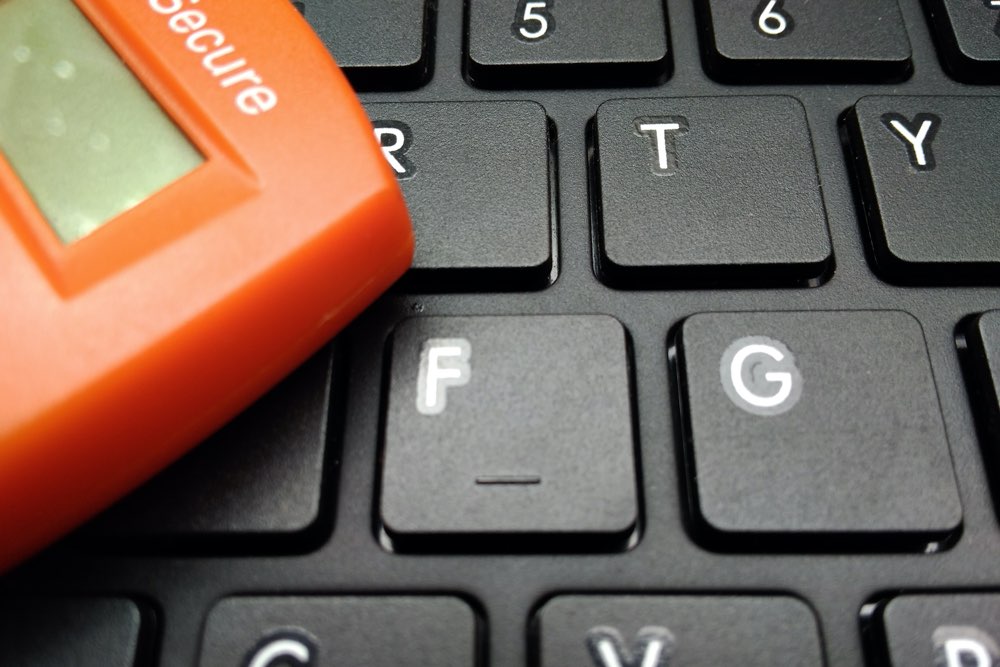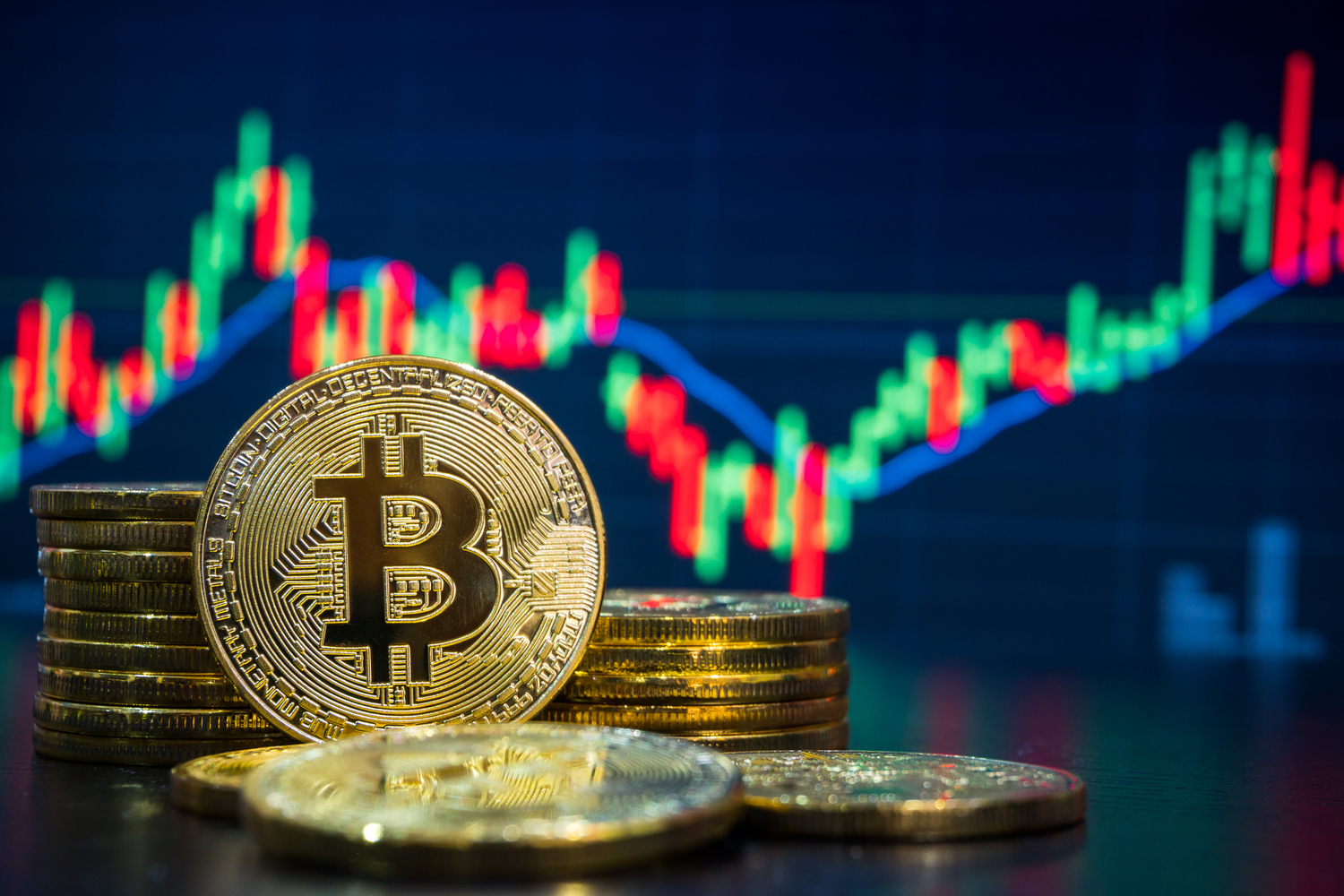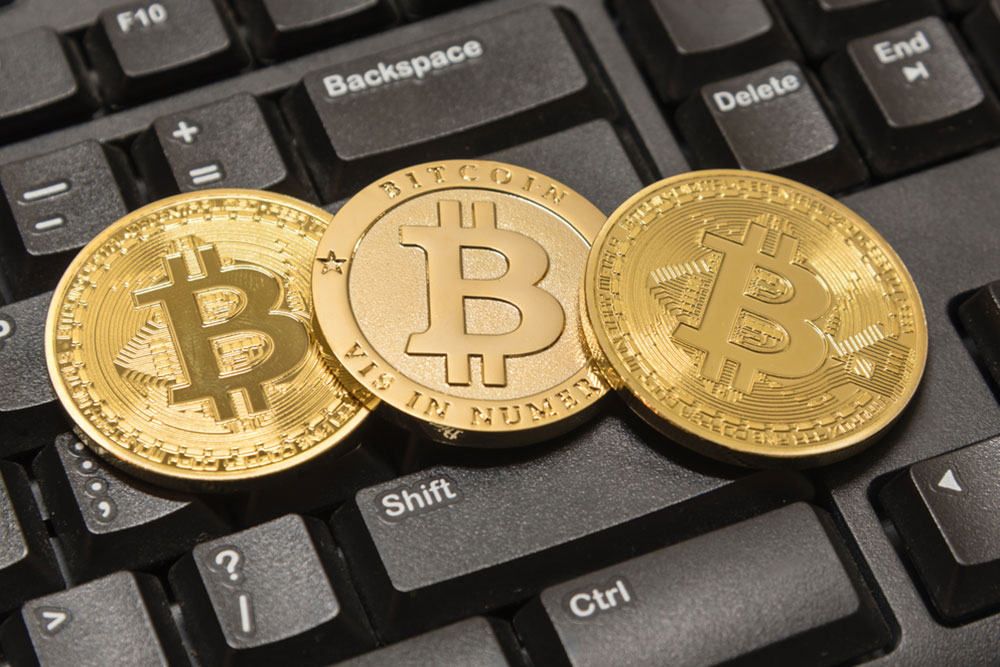Understanding Non-Fungible Tokens: A Simplified Overview
This article provides a clear overview of non-fungible tokens (NFTs), explaining how they work, their popularity in digital art, and the associated risks. It highlights NFT certification, blockchain technology, and investment considerations, making it essential reading for anyone interested in digital assets and cryptocurrency markets.
Sponsored

Unlike fungible assets like Bitcoin, where each unit holds the same value and can be exchanged interchangeably, non-fungible tokens (NFTs) are unique digital assets with distinct values. They resemble one-of-a-kind items such as exclusive artwork, rare collectibles, or antiques, all existing in digital form. NFTs are certified with digital ownership proofs, serving as a digital title that confirms the owner’s rights. This certificate allows owners to buy and sell digital assets like images, music, or videos securely.
How do NFTs function?
Although NFTs are integrated into the cryptocurrency landscape, they can't be exchanged on a one-to-one basis like Bitcoin. Instead, ownership details are recorded on blockchain technology—an immutable digital ledger maintained globally. Many high-value NFTs operate on the Ethereum blockchain, facilitating extensive data storage and versatility. These assets enable the purchase of digital items such as artworks, photographs, or music files.
Why are NFTs so popular?
NFTs are mainly popular for selling digital art. They enable artists to tokenise their work, making it possible to collect and trade digital masterpieces. The craze gained momentum when the Nyan Cat GIF sold for over $500,000, and Beeple's digital artwork fetched $6.6 million at Christie’s auction house. Musicians like Grimes sold 50-second music videos for hundreds of thousands, and Twitter's founder, Jack Dorsey, created a NFT of his first tweet, which bid up to $2.5 million.
Can NFTs be copied?
Yes, digital copies of images or videos are easy to make. However, owning an NFT gives the owner a digital token that authenticates them as the original creator or owner, preserving copyright while allowing others to make copies.
What risks are involved?
While NFTs have made some digital art owners millions, they carry significant risks. The market can be volatile, and since NFTs are not liquid assets, it might be difficult to cash out when needed. Additionally, the value depends on market demand, which can fluctuate wildly, and the rapid evolution of digital content can affect long-term worth. Investing in NFTs requires careful research and understanding of the market’s speculative nature. Despite the hype, NFT investments should be approached cautiously, recognizing both their potential and risks.






